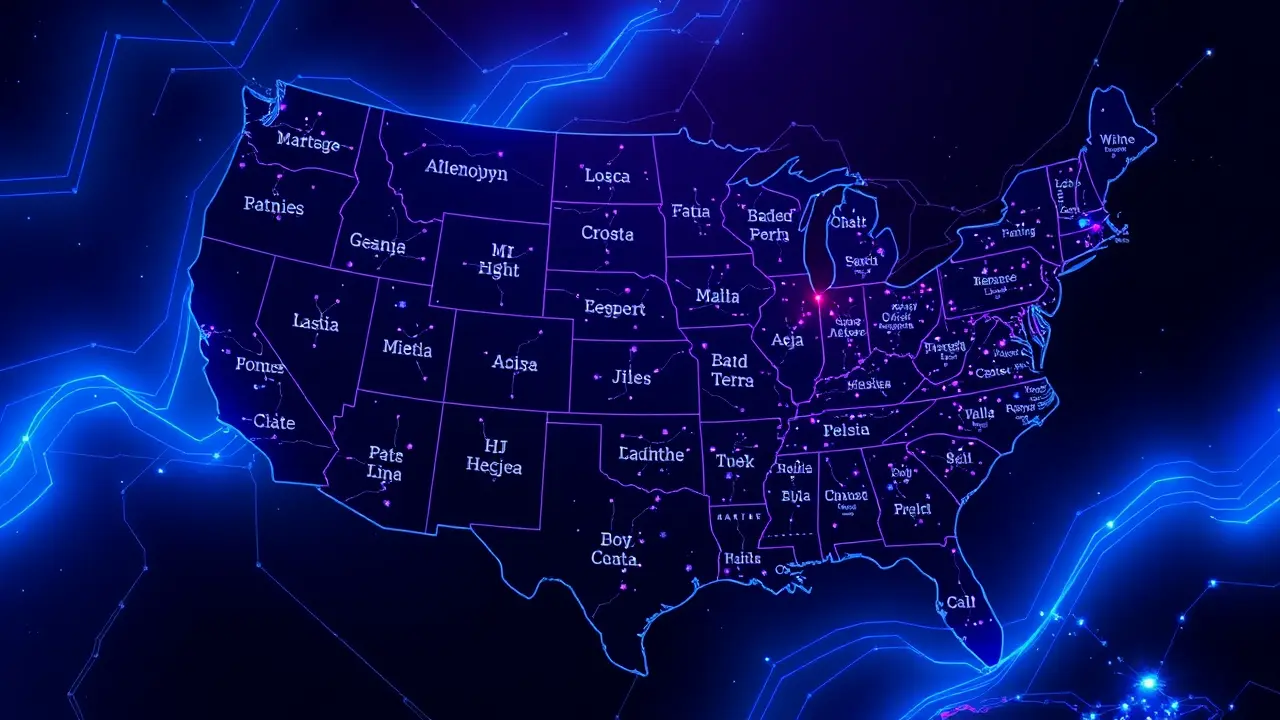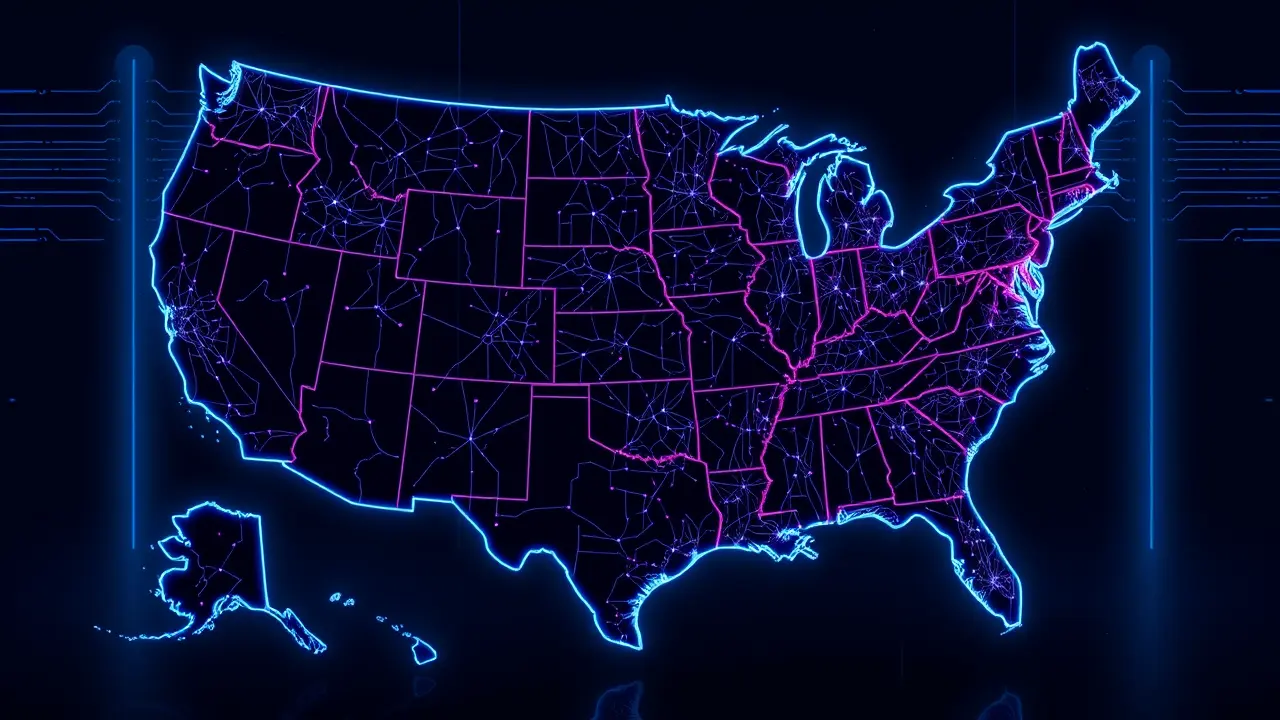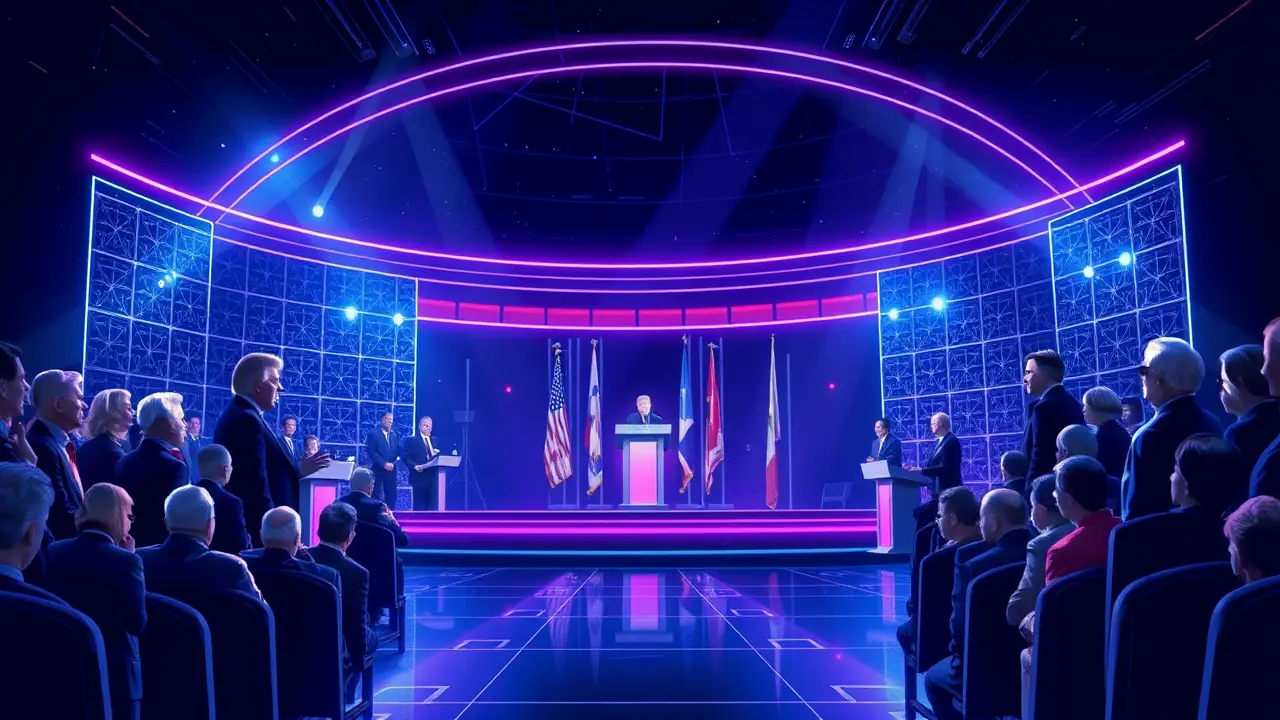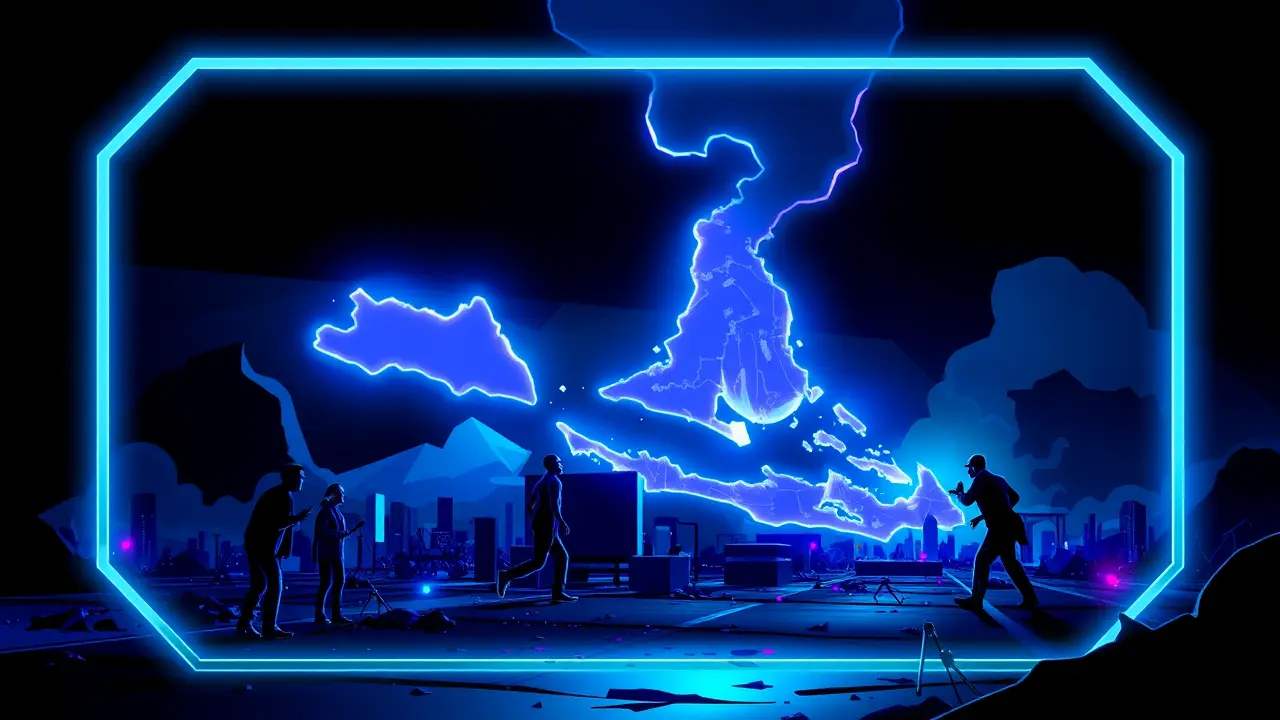
PoliticselectionsPost-Election Analysis
Democrats' Future Strategy Post-Election Analysis
MA
Mark Johnson
8 hours ago7 min read6 comments
The post-election battlefield is littered with data points and demographic shifts that Democrats must now weaponize for the next cycle, a strategic imperative that feels less like a political exercise and more like a military campaign where every precinct is a contested hill. Having been on the ground as a volunteer, you learn that the raw numbers from RealClearPolitics aren't just statistics; they are the terrain of the war, and the senior elections analyst there is essentially the general briefing the staff.What the Party might’ve learned is that the old coalition playbook is fraying at the edges; the electorate isn't just changing, it's realigning in real-time, with suburban women showing more volatility than a swing state poll in October and the working-class vote in the Rust Belt becoming a fortress that requires a new kind of siege engine to breach. This isn't 2012 anymore, where a ground game and a charismatic standard-bearer could carry the day; this is an era of media wars fought on a thousand digital fronts, where a TikTok narrative can undo a multi-million-dollar ad buy and where the very definition of a 'base' voter is up for grabs.The lesson, if they're smart enough to learn it, is that they need a strategy as dynamic and fragmented as the media ecosystem itself—abandoning the broad, prime-time address for a thousand hyper-targeted messages, treating each demographic slice not as a monolith but as a separate constituency with its own grievances and aspirations. Look at the polling: the erosion with Latino voters in South Texas wasn't a blip; it was a seismic event signaling that the Democrats can no longer take the 'Hispanic vote' as a given, just as the surprising resilience with certain segments of white working-class men in the Midwest suggests that economic messaging, when divorced from cultural condescension, can still find purchase.The internal party debate will now rage between the progressive wing, which sees this as a mandate to push for a purer, more ideological platform, and the pragmatists, who argue for a return to a muscular, centrist economic populism that can win back the territories lost to the GOP. This is the core strategic dilemma—do you try to energize your base to a fever pitch, or do you laboriously reconstruct a broader, if less passionate, coalition? The answer likely lies not in choosing one, but in running a dual-track campaign that does both simultaneously, a high-wire act of political messaging that would have made Karl Rove himself nod in respect.The consequences of getting it wrong are existential; the Republican apparatus is already dissecting these same results, refining their own attack lines and identifying new vulnerabilities. The next election won't be won on a single issue like inflation or abortion, but on a complex, layered narrative that connects kitchen-table economics to a broader vision of national identity—a narrative the Democrats have yet to fully articulate.They are in a race against time, against a well-funded and increasingly disciplined opposition, and against their own internal factions. The campaign for the future starts not in two years, but today, in the war rooms where these analytical post-mortems are being translated into the first tactical moves of the next great American political battle.
#Democrats
#2026 elections
#political analysis
#electorate changes
#featured
#RealClearPolitics
Stay Informed. Act Smarter.
Get weekly highlights, major headlines, and expert insights — then put your knowledge to work in our live prediction markets.
Related News
© 2025 Outpoll Service LTD. All rights reserved.














